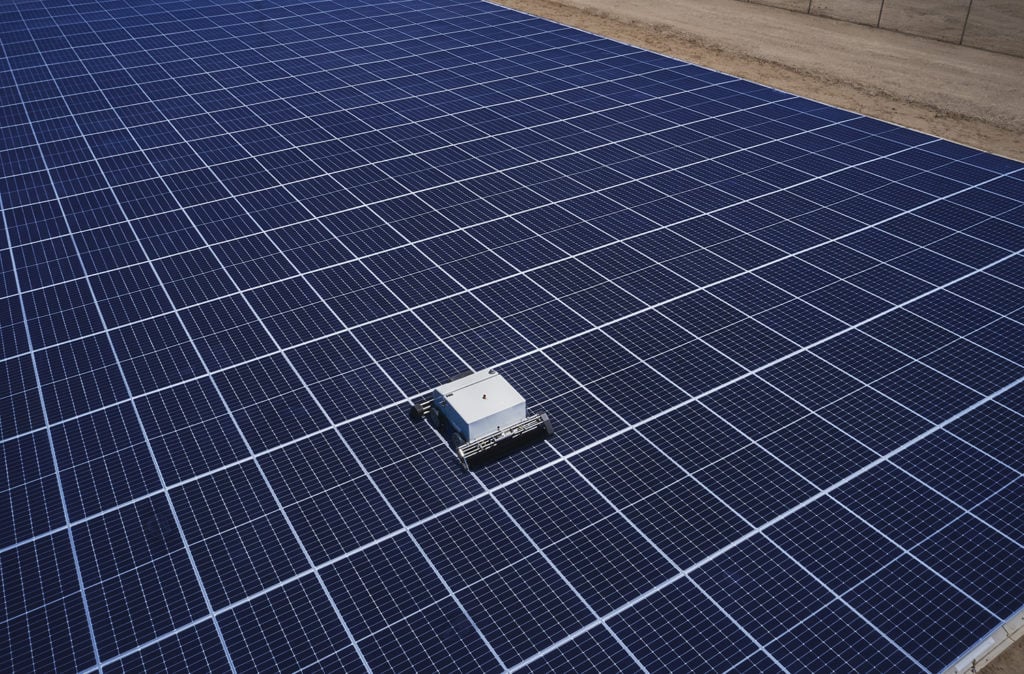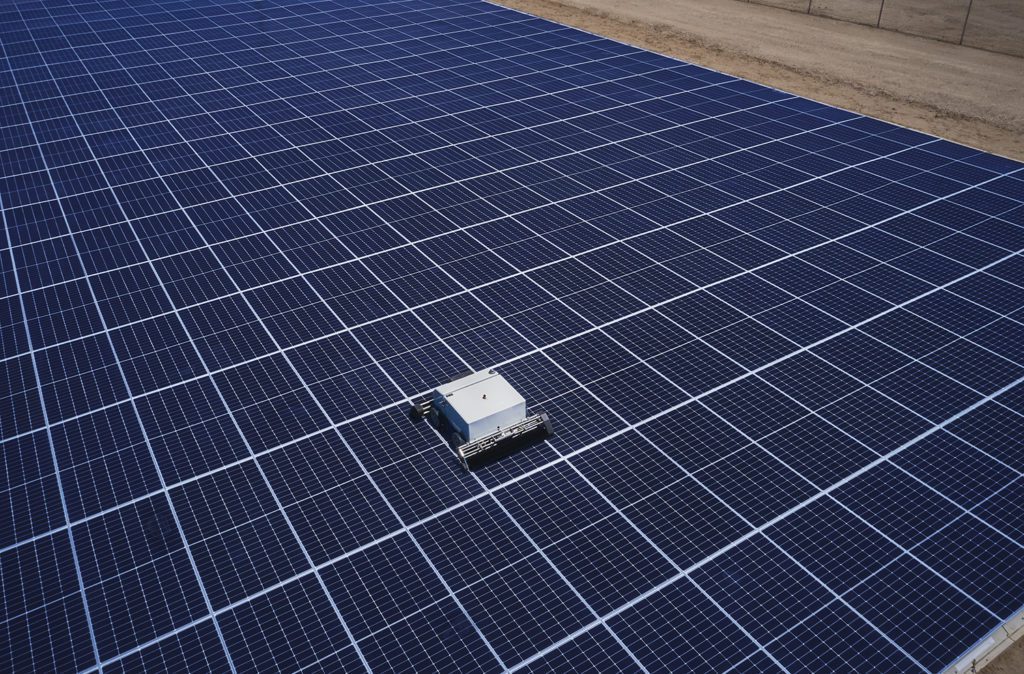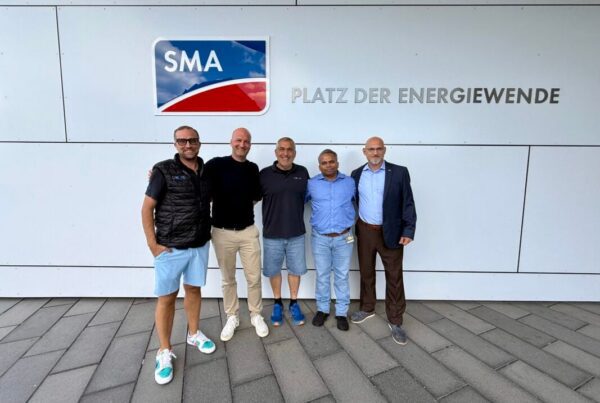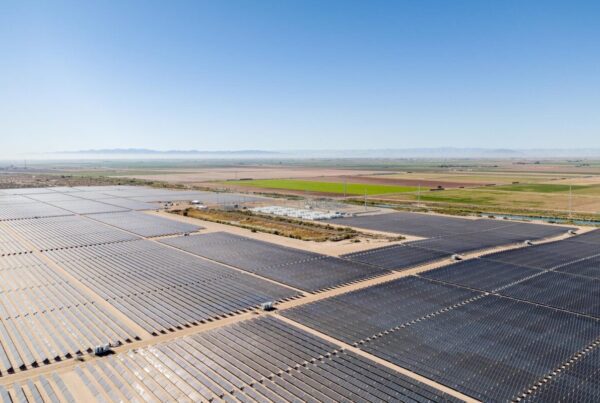
Erthos, an Arizona-based energy technology company and creator of Earth Mount Solar PV, has announced 14MW of contracted projects and a memorandum of understanding (MOU) for a 107MW single project.
Erthos claims that its Earth Mount Solar technology, which mounts solar modules directly on the ground without steel supports or trackers, provides advantages in land availability, energy density, low first cost and visibility to the customers in this new portfolio. Its stated objective is to lower the levelised cost of energy for utility-scale solar power plants.
The contracts encompass agreements with five utility-scale solar developers, including Chaberton Energy, headquartered in Maryland, Encore Renewable Energy and Path Company. The MOU for the 107MW project is with an undisclosed US developer.
Chaberton Energy specialises in community solar and, according to Erthos, will benefit from its technology’s land-saving efficiency. “Erthos technology allows us to build projects in specific locations that present challenges in terms of land availability and visibility,” Stefano Ratti, CEO of Chaberton Energy said. The two companies have agreed two owner’s architect agreements for projects in the mid-Atlantic.
Path Company has agreed to install Earth Mount Solar PV units as part of a community college project in Mississippi.
Regarding the undisclosed MOU deal, CEO of Erthos Jim Tyler said: “In this case, the project has very high interconnection costs. Erthos offers a clear advantage here because it has two to three times the energy density of a tracker or fixed-tilt system. This makes it ideal for projects with high fixed costs.”
In March 2022, Erthos closed a US$17.5 million funding round that enabled it to increase its operations and maintenance development and double its workforce. The Earth Mount Solar modules are cleaned by an autonomous robot that scours the surface to maintain the modules’ efficiency.






